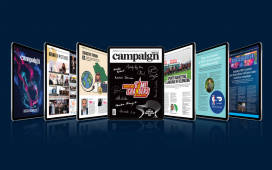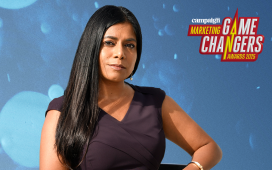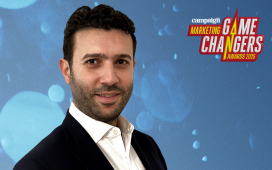Picture this for a second: Mary, the marketer, pours out her heart and soul with her agency to craft and launch a campaign that resonates with her target audience. They launched it online, hoping it’d stand out. Yet amidst the sea of content out there, Mary’s ad gets lost in the crowd, “passing like a ship in the night,” as David Ogilvy would say. It sounds frustratingly familiar, doesn’t it?
Welcome back to the relentless battleground of digital marketing, where every click and scroll can lead to a new discovery and a new distraction. Here, Mary and all her fellow marketers are fighting for the most precious commodity of all: consumer attention.
In this landscape of f
To continue reading this article you need to be registered with Campaign. Registration is free and only takes a minute. Register Now or sign in below if you already have an account.









